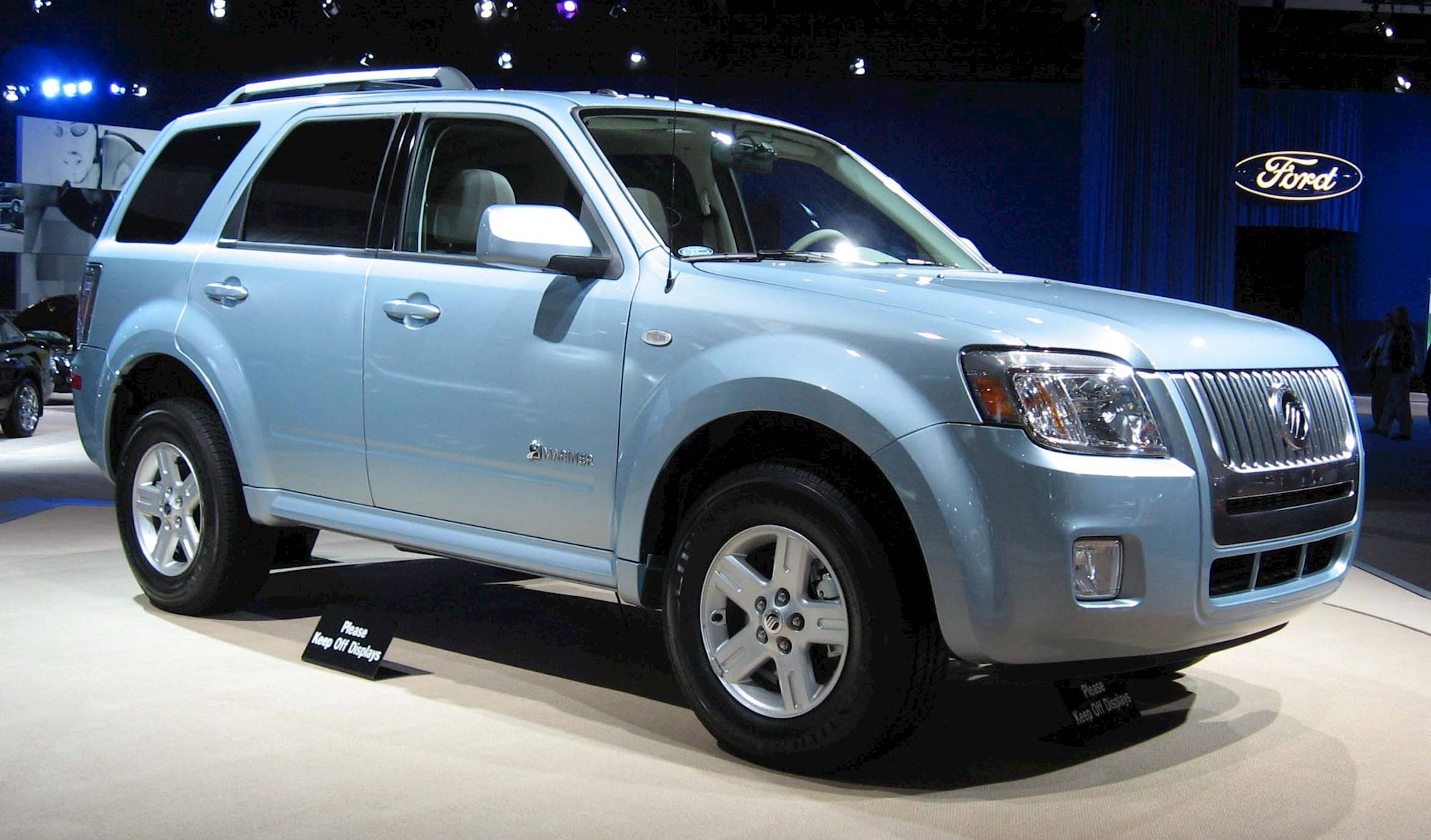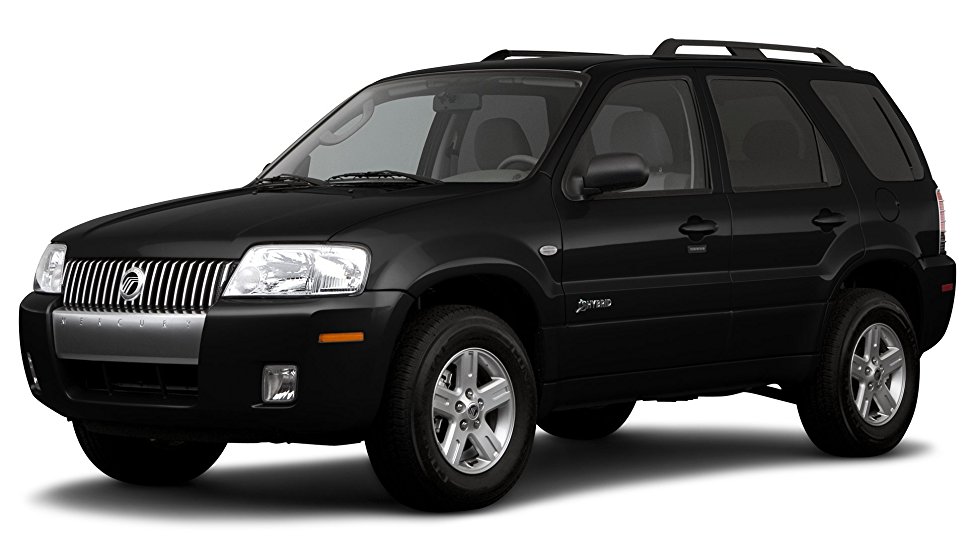

My only beef concerns the six-speed automatic, which seemed even choppier here than it does with the V-6.
#Mercury mariner full#
Provided you aren’t hauling a full load of passengers or cargo, passing slower highway traffic is easy enough.
#Mercury mariner drivers#
Though it can sound a bit raspy at times, the four-cylinder should be fine for most drivers - there’s enough power to climb ramps and bridges without needing to floor the accelerator. As in the V-6, a six-speed auto replaces the 2008 model’s four-speed. The four-cylinder Mariner’s engine is stronger but more efficient than last year’s four-banger. The six-speed isn’t as well-mannered in its upshifts, but its highway responsiveness is just as good - and it has shorter gears for quicker passing-lane bursts, with none of the old drivetrain’s droning exhaust. The four-speed wasn’t a deal-breaker it upshifted smoothly around town and kicked down to third on the highway for easy-enough passing performance. That’s due in part to the new six-speed automatic, which replaces last year’s antiquated four-speed gearbox. And it’s rated 2 mpg better on the highway. Not so for ’09: With 40 more horsepower at hand, the revamped V-6 launches you swiftly, coming on strong particularly in the 40-60 mph range. Worse yet, its 17/22 mpg city/highway rating with all-wheel drive ranked near the bottom of the small-SUV crowd. Last year’s V-6 Mariner offered adequate power, but its performance fell short of the lustier V-6s in the RAV4 and Saturn Vue. The Mazda Tribute is likewise related it’s covered separately in ’s Research section.Īll three have gas-electric hybrid versions, also covered separately in the Research section. I drove a four-cylinder Mariner Premier, but I’ve driven the same V-6 in Ford’s closely related Escape, which reviewer Joe Wiesenfelder covers in a separate review. The five-seat Mariner comes in base and Premier trim levels with front- or all-wheel drive you can get a four-cylinder or V-6 engine, and an automatic transmission is standard. It still has a few flaws, and lined up against the ever-competitive Toyota RAV4 and Honda CR-V - not to mention new favorites from Saturn, Subaru and VW - Mercury’s contender doesn’t stand out. The changes for 2009 move the Mariner from average to appealing, but not decisively so. Its acceleration was too modest to justify its thirst at the pump, and it had too many low-rent plastics and seating annoyances inside.

Those are all good things, because the redesigned 2008 Mariner left me lukewarm. The cabin also has some interesting new options. New four-cylinder and V-6 drivetrains produce more power with better gas mileage, and ride quality and braking performance have improved. The 2009 Mercury Mariner has been mechanically overhauled, on the heels of a total redesign for 2008. To see other changes for 2010, click here, or check out a side-by-side comparison of the two model years.

Reliability data for the current generation have since emerged, rendering a predicted reliability score of Average or Better Than Average from Consumer Reports for a new Mariner, depending on the specific drivetrain. Editor’s note: This review was written in October 2008 about the 2009 Mercury Mariner.


 0 kommentar(er)
0 kommentar(er)
